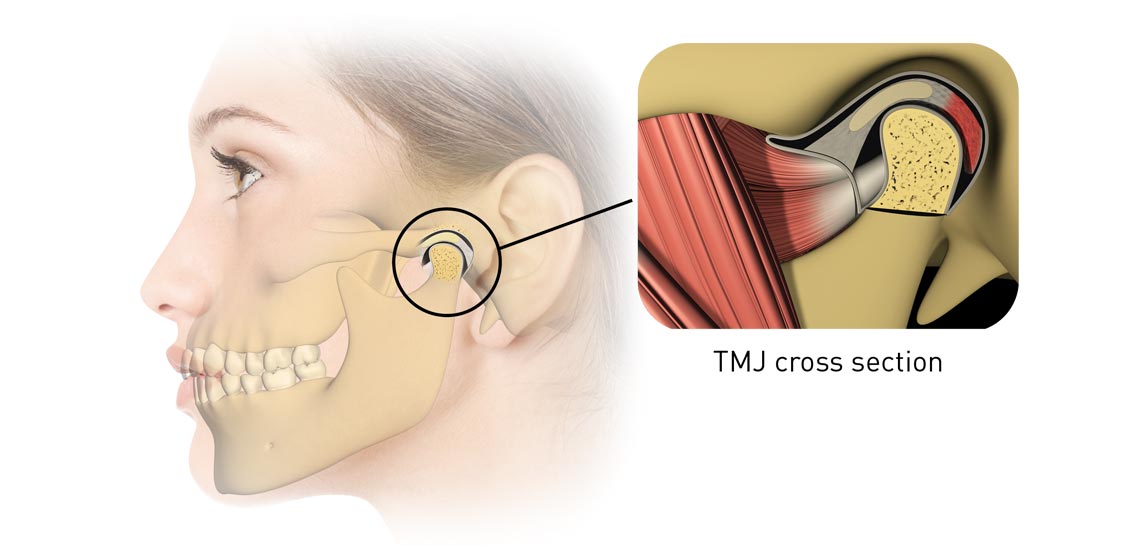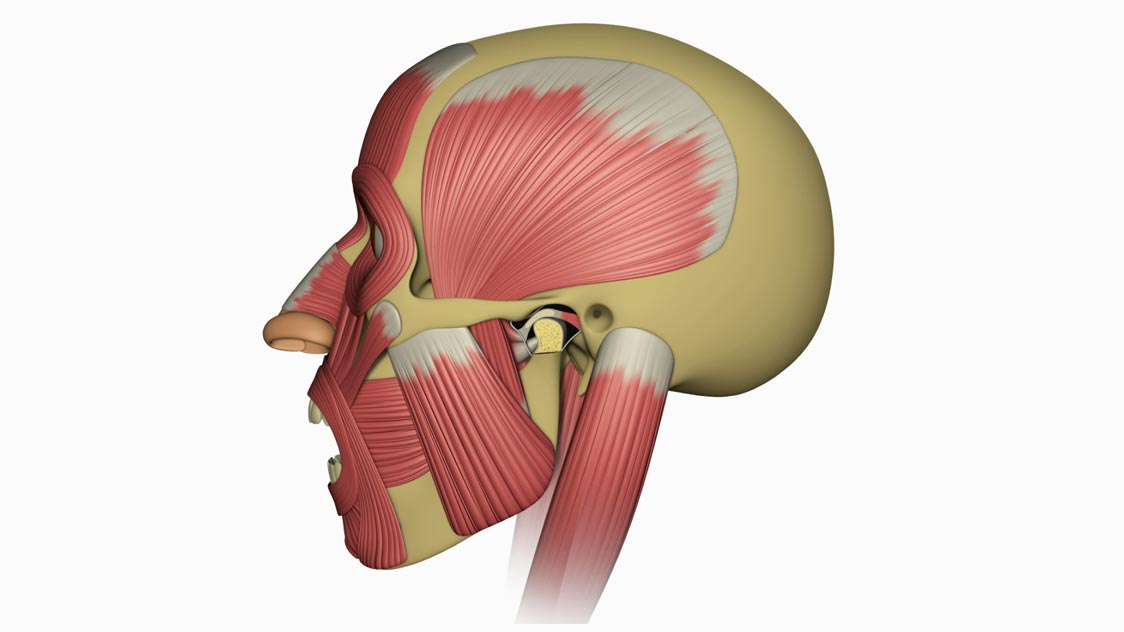Are you still avoiding TMJ patients?
TMJ patients are everywhere. Why unnecessarily confusing education and treatments are preventing you from helping them.
For the published PDF version click here
You probably don’t realise that many patients who visit your clinic on a daily basis live with symptoms related to TMJ Disorder (TMD). But what if you had a simple and cost-effective way of helping all of these patients?
The black veil of TMJ treatment, and the confusion practitioners suffer about the topic, may stem from the fact that the current state of education surrounding TMJ treatment in dentistry is abysmal.
Take for example an offering from Porto et al (2019) in the American Journal of Orthodontics and Dentofacial Orthopedics (AJODO) which states that 61.6% of orthodontists felt that they did not receive enough TMD training during their residencies, while 61.9% indicated that they did not feel comfortable in diagnosing TMD patients.[1]

Furthermore, Simm et al (2013) indicated that this problem may start as early as the undergraduate level. So, if you’re left feeling confused about TMJ treatment, you’re not alone.[2]
Treatment of TMJ was originally the focus of the medical profession, especially with the pioneering work of Dr James Costen (an ENT physician), who in 1934 published a paper[3] linking TMJ Disorder with a number of neurological and craniomandibular symptoms.
Since Costen was a medical practitioner, he understood and evaluated symptoms outside of the oral cavity, while also promoting opening of the patient’s bite to treat TMJ disorders.[4] Thus, treatment of this condition shifted to the dental profession.
RELATED: 'TMJ Diagnosis and Treatment - Is there a black hole in our education?' by Dr Chris Farrell
Bite opening eventually fell out of favour with practitioners who were plagued by unpredictable and inadequate results.
With a tunnel view of the oral cavity, the dental profession remained obsessed with treatments that focused on the teeth and occlusion to treat TMD, despite the anecdotal and published evidence suggesting that we should do otherwise.[5]
Since the TMJs are associated with a complex neurological system and a coordinated collection of craniomandibular muscles, the symptoms can be widespread and non-specific.
HEAR FROM THE AUTHORS: Dr Chris Farrell and Dr Emad Ahangari discuss their motivations behind writing this article.
Every day, patients walk into your practice with symptoms such as headaches, neck pain, ear pain, dental pain of undiagnosed origin, clicking and other symptoms related to the joint.
Unbeknownst to them, they may be suffering from TMD and a dentist is in prime position to help. TMJ Disorder is complex, which isn’t a surprise as the TMJ is one of the most complex joints in the body.
However, that doesn’t mean that our education and treatment have to follow suit. This is precisely the thinking which led the fore mentioned author, Dr Chris Farrell, to establish Myofunctional Research Co. (MRC) in 1989 and invent The TMJ Appliance®.
Dr Farrell was prolific in educating the profession on the causes of TMJ Disorder and how dental professionals should be increasing access to treatments for more patients in a cost-effective way.
The TMJ Appliance® is a revolutionary appliance, ready to use right out of the box. It is designed to diagnose TMJ Disorder, while providing immediate symptom relief and treatment of the primary causes. As the focus of MRC shifted to myofunctional orthodontics, the company’s dedication to TMJ treatments took a temporary back seat.
Despite the many years that have since elapsed, MRC realised that patients still do not have an answer for their symptoms, nor does the profession have a clear treatment approach to deal with TMD.
With the recent rise of clear aligner treatment (especially direct to consumer) and its worrisome disregard of a functional occlusion as an endpoint, the dental profession is about to be inundated with patients suffering from TMD. The time to act is now.

The TMJ is one of the most complex joints in the human body.
DOWNLOAD: Our FREE TMJ Patient Questionnaire
Bolstered by the realisation that the dental profession needs more efficient diagnostic procedures and simpler treatment interventions, MRC has dedicated a large amount of attention into improving our online education, while continuing to develop our appliance systems for simple and effective treatment outcomes.
Practitioners wanting to learn more about TMJ treatment or other related topics, such as early intervention orthodontics and treatment of breathing and myofunctional disorders, can visit Online Courses and create an account to get started.
Interested in learning how to evaluate and treat TMJ Disorder?
Our FREE introductory course provides you with an understanding of the history, underlying causes and MRC's simple approach to the diagnosis and initial treatment of TMJ disorders.
